Home>Garden Essentials>How Deep Do You Plant Squash Seeds
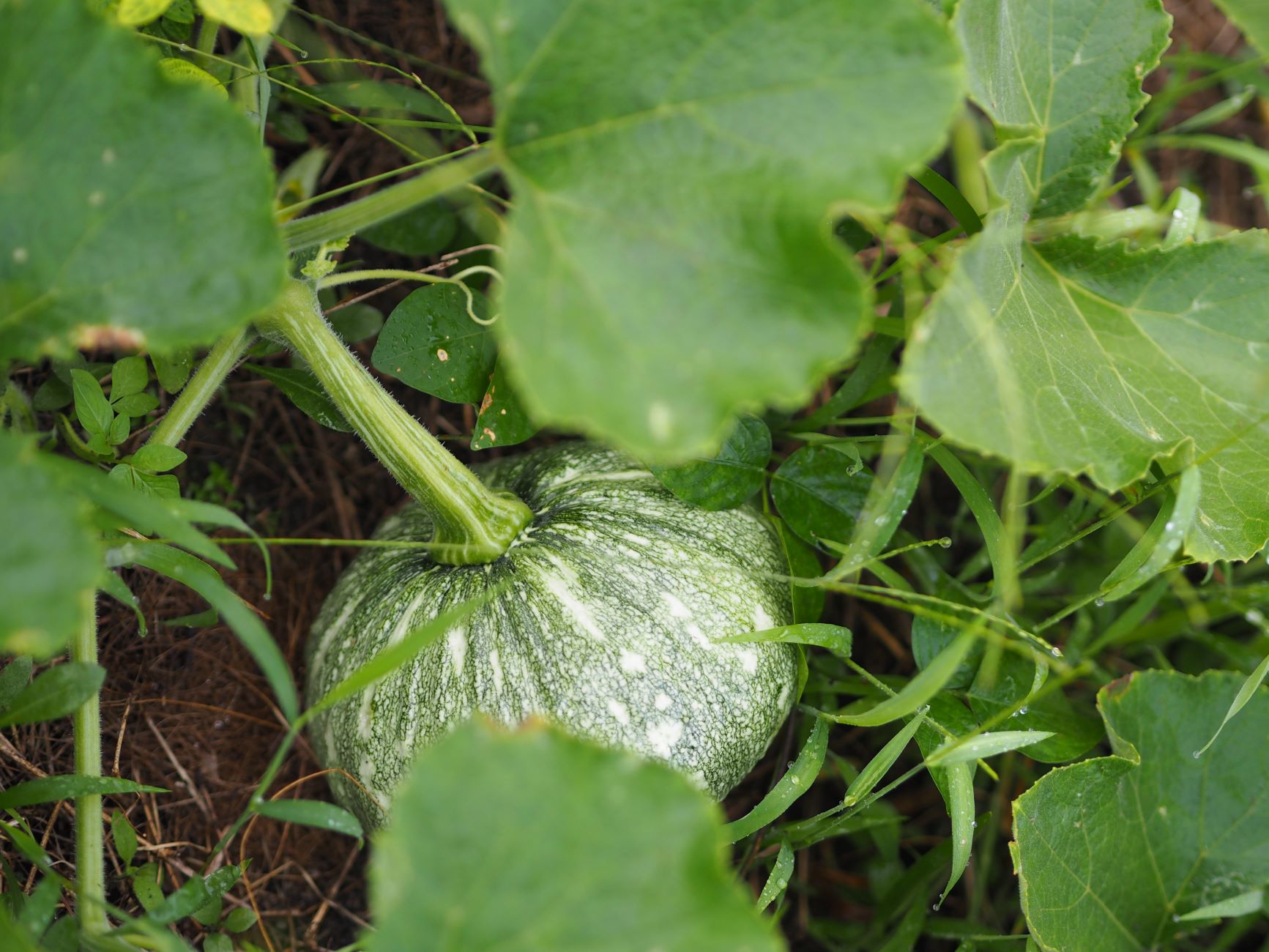

Garden Essentials
How Deep Do You Plant Squash Seeds
Modified: March 16, 2024
Ready to plant squash seeds in your garden? Find out how deep you should plant them for optimal growth and harvest.
(Many of the links in this article redirect to a specific reviewed product. Your purchase of these products through affiliate links helps to generate commission for Storables.com, at no extra cost. Learn more)
Introduction
Gardening enthusiasts and vegetable lovers alike often find joy in growing their own produce. One popular vegetable that many gardeners enjoy cultivating is squash. Squash plants are not only prolific growers, but they also provide a bountiful harvest of delicious and nutritious fruits.
When it comes to planting squash, one important consideration is the depth at which to plant squash seeds. The depth at which you plant your squash seeds can impact the success of germination and the overall health and growth of your plants. In this article, we will explore the factors to consider when planting squash seeds and provide guidelines for the ideal planting depth.
Factors to Consider when Planting Squash Seeds:
- Soil Preparation
- Seed Variety
- Soil Type
- Climatic Conditions
Before we delve into the details of planting depth, it is important to understand the significance of these factors.
Soil Preparation:
The first step in successful gardening is to prepare the soil. Squash plants thrive in well-draining soil with a pH level between 6.0 and 7.0. It is essential to amend the soil with organic matter, such as compost or aged manure, to improve its fertility and drainage. Ensuring that the soil is loose and rich in nutrients will create the ideal environment for squash seed germination and growth.
Seed Variety:
There are numerous varieties of squash available, each with its own unique characteristics and requirements. Some common types of squash include zucchini, yellow summer squash, butternut squash, and spaghetti squash. It is crucial to select the appropriate seed variety based on your preferences and the specific growing conditions in your area.
Soil Type:
The type of soil in your garden can play a significant role in determining the planting depth for your squash seeds. Sandy soil, for instance, tends to drain more quickly and may require planting the seeds slightly deeper to ensure they reach the moisture-retaining layers. In contrast, clay soils retain more moisture and need a shallower planting depth to prevent waterlogging.
Climatic Conditions:
The climate of your region can influence when and how you plant your squash seeds. If you live in a colder climate, it is essential to wait until after the last frost before planting squash seeds. On the other hand, gardeners in warmer regions can sow squash seeds earlier in the year. Understanding your local climate will help you determine the precise timing for optimal seed germination.
Key Takeaways:
- Plant squash seeds 1-1.5 inches deep in well-draining soil. Adjust depth based on soil type and squash variety. Follow best practices for soil prep, spacing, and watering for successful growth.
- Choose sunny location, prepare soil, and protect seedlings from frost and pests. Monitor and maintain plants for a bountiful harvest of home-grown squash.
Read more: How Deep Do You Plant Radish Seeds
Factors to Consider when Planting Squash Seeds
When it comes to successfully growing squash, there are several factors to consider when planting squash seeds. Taking these factors into account will help ensure that your squash plants thrive and yield a bountiful harvest. Let’s explore these factors in more detail:
Soil Preparation:
Before planting squash seeds, it is important to prepare the soil properly. Squash plants prefer well-draining soil rich in organic matter. Start by clearing the planting area of any weeds or debris. Loosen the soil using a garden fork or tiller, breaking up any large clumps and removing any rocks or roots. Then, incorporate organic matter such as compost or aged manure into the soil. This will improve the soil’s fertility, moisture retention, and drainage.
Seed Variety:
There are numerous varieties of squash available, each with its own growth habits, flavors, and resistance to pests and diseases. It’s important to choose a squash variety that suits your preferences and growing conditions. Some popular varieties include zucchini, yellow summer squash, acorn squash, butternut squash, and spaghetti squash. Research the different varieties and select the one that best suits your needs.
Soil Type:
The type of soil in your garden will also affect the planting depth for squash seeds. Sandy soil tends to drain quickly, so you may need to plant the seeds slightly deeper to ensure they reach the moisture-retaining layers. Clay soil, on the other hand, retains more moisture, so a shallower planting depth is recommended to prevent waterlogging. Understanding your soil type and its moisture-holding capacity will help you determine the appropriate planting depth.
Read more: How Deep Do You Plant Lavender Seeds
Climatic Conditions:
Consider the climate and weather patterns in your region when determining the ideal time to plant squash seeds. Squash plants are warm-season vegetables and thrive in temperatures between 70°F and 95°F (21°C to 35°C). It’s essential to wait until after the last frost before sowing squash seeds. Cold temperatures can delay germination and stunt the growth of squash plants. However, if you live in a region with a short growing season, you can start seeds indoors a few weeks before the last frost date and transplant them outside later.
Spacing and Light:
Proper spacing is crucial for squash plants to grow and develop properly. Crowded plants can lead to reduced airflow, increased humidity, and greater susceptibility to diseases. Allow enough space between each plant to ensure good ventilation. Squash plants also require full sun, so choose a location in your garden that receives at least 6 to 8 hours of direct sunlight per day.
Watering and Fertilization:
Consistent watering is essential for the healthy growth of squash plants. Keep the soil evenly moist, but avoid overwatering to prevent waterlogging. Inadequate watering can result in poor fruit development and wilting. Additionally, squash plants benefit from regular fertilization. Use a balanced fertilizer or organic amendments to provide the necessary nutrients for optimal plant growth.
By considering these factors and taking the necessary steps to prepare the soil, choose the right seed variety, understand your soil type and climate, provide adequate spacing and light, and implement proper watering and fertilization practices, you will set the stage for successful squash cultivation. In the next section, we will delve into the specific planting depth guidelines for squash seeds.
Soil Preparation
Soil preparation plays a crucial role in the successful growth and development of squash plants. By taking the time to prepare the soil properly, you can create an ideal environment for your squash seeds to germinate and thrive. Here are some steps to follow for effective soil preparation:
Read more: How Deep Do You Plant Hollyhock Seeds
1. Clear the Planting Area:
Begin by clearing the planting area of any weeds, rocks, or debris. Remove any existing vegetation or use a garden hoe to uproot any weeds. Clearing the area will ensure that the squash plants have ample space to grow without competition from unwanted plants.
2. Loosen the Soil:
Squash plants prefer loose, well-draining soil. Use a garden fork, tiller, or shovel to loosen the soil to a depth of 8 to 10 inches (20 to 25 cm). This will help break up any compacted soil and provide the roots of the squash plants with room to grow and access nutrients and water.
3. Amend the Soil:
Adding organic matter is essential for improving soil fertility, structure, and moisture retention. Incorporate compost, aged manure, or other organic amendments into the soil. Spread a layer of organic matter over the loosened soil and mix it thoroughly using a rake or garden fork. Aim for a ratio of about 2 to 3 inches (5 to 7.5 cm) of organic matter for every 12 inches (30 cm) of soil. This will help enrich the soil and provide the necessary nutrients for healthy plant growth.
4. Test and Adjust Soil pH:
The pH level of the soil can affect nutrient availability to the plants. Squash plants generally prefer a pH level between 6.0 and 7.0. Use a soil pH test kit to determine the current pH level of your soil. If the pH is too acidic (below 6.0), you can add agricultural lime to raise the pH. If the pH is too alkaline (above 7.0), you can add elemental sulfur or peat moss to lower the pH. Adjusting the pH to the optimal range will help maximize nutrient uptake by the plants.
Read more: How Deep Do You Plant Turnip Seeds
5. Improve Drainage:
Squash plants prefer well-draining soil to prevent waterlogged conditions that can lead to root rot and other diseases. If your soil has poor drainage, you can take steps to improve it. One method is to raise the planting bed by creating mounds or raised rows. This helps facilitate better drainage by elevating the squash plants above the surrounding soil. Alternatively, you can add coarse sand or organic matter to improve the soil’s drainage capacity.
6. Mulch the Soil:
Applying a layer of organic mulch around the squash plants can help conserve moisture, suppress weed growth, and regulate soil temperature. Use straw, leaves, grass clippings, or wood chips as mulch. Apply a layer about 2 to 3 inches (5 to 7.5 cm) thick, leaving a small space around the base of each plant to prevent moisture buildup and potential rot.
By following these soil preparation steps, you will create an optimal growing environment for your squash plants. Well-prepared soil with good drainage, balanced nutrient content, and proper pH level sets the foundation for healthy plant growth. Once the soil is prepared, you can move on to determining the ideal planting depth for your squash seeds, which will be discussed in the next section.
Planting Depth for Squash Seeds
Planting squash seeds at the correct depth is essential for successful germination and healthy plant development. The depth at which you sow your squash seeds will ensure that they have adequate access to moisture, oxygen, and nutrients in the soil. Here are some general guidelines to follow for the ideal planting depth:
General Guidelines for Planting Depth:
In general, squash seeds should be planted at a depth of 1 to 1.5 inches (2.5 to 3.8 cm) in the soil. Planting too shallow may result in the seeds drying out quickly, while planting too deep may hinder their ability to germinate and emerge from the soil. It’s important to strike a balance to allow for successful germination and strong seedling growth.
It’s recommended to plant two to three squash seeds per planting hole to increase the chances of successful germination. If multiple seeds germinate, you can thin them out later and keep the healthiest seedling.
Read more: How Deep Do You Plant Morning Glory Seeds
Planting Squash Seeds in Various Soil Types:
The type of soil in your garden can influence the planting depth for squash seeds. In sandy soil, which tends to drain quickly, it is advisable to plant the seeds slightly deeper, around 1.5 inches (3.8 cm) deep, to ensure they reach the moisture-retaining layers of the soil. This helps prevent the seeds from drying out too quickly. On the other hand, in clay soil, which retains more moisture, a planting depth of 1 inch (2.5 cm) is suitable to prevent waterlogging and excessive moisture around the seeds.
Planting Depth for Different Varieties of Squash:
While the general guidelines mentioned earlier apply to most squash varieties, there can be slight variations in planting depth based on the specific type of squash you are planting. For larger varieties, such as butternut squash or spaghetti squash, you may want to plant the seeds slightly deeper, around 1.5 to 2 inches (3.8 to 5 cm) deep, to ensure optimal establishment and strong root development. Conversely, for smaller varieties like zucchini or yellow summer squash, a planting depth of 1 inch (2.5 cm) is typically sufficient.
It’s important to refer to the specific planting instructions provided on the seed packet or in seed catalogs when planting different squash varieties. These instructions may provide more specific guidelines regarding the optimal planting depth for each particular variety.
Best Practices for Planting Squash Seeds:
While understanding the appropriate planting depth is essential, there are a few additional best practices to consider when planting squash seeds:
- Space your planting holes or mounds according to the spacing guidelines for the specific variety you are planting. This will ensure that the squash plants have enough room to grow and spread without overcrowding.
- Water the planting area before and after sowing the seeds to provide adequate moisture for germination.
- Label your planting rows or use markers to identify the type of squash you are planting. This will help you keep track of the different varieties as they grow.
- Monitor the weather and consider using row covers or other protective measures if there is a risk of frost or extreme temperatures after planting.
By following these guidelines and best practices, you will maximize the chances of successful germination and establish healthy squash plants. As your plants grow, make sure to monitor their progress, provide proper care, and enjoy the fruits of your labor as your squash plants flourish.
General Guidelines for Planting Depth
When it comes to planting squash seeds, following the proper planting depth is crucial for successful seed germination and the establishment of healthy plants. The depth at which you sow your squash seeds will determine their access to essential resources such as moisture, oxygen, and nutrients in the soil. Here are some general guidelines to follow for the ideal planting depth:
1. Depth: In general, squash seeds should be planted at a depth of 1 to 1.5 inches (2.5 to 3.8 cm) in the soil. Planting too shallow can result in the seeds drying out quickly, while planting too deep may hinder their ability to break through the soil surface. Striking the right balance is essential for successful germination and healthy seedling growth.
2. Soil Conditions: The condition of your soil will also influence the planting depth. If you have heavy or clay soil that tends to retain more moisture, it is recommended to plant the seeds at the shallower end of the range, around 1 inch (2.5 cm) deep. This will help prevent waterlogging and ensure the seeds have access to sufficient oxygen. In contrast, if you have sandy or well-draining soil, you can plant the seeds slightly deeper, around 1.5 inches (3.8 cm), to ensure they reach the moisture-retaining layers.
3. Seed Spacing: It is advisable to plant two to three squash seeds per planting hole or mound to increase the chances of successful germination. If multiple seeds germinate, you can thin out the weaker seedlings, leaving only the healthiest one to grow. Adequate spacing between plants is crucial for good airflow, reducing the risk of diseases and promoting healthy plant growth.
4. Soil Moisture: Before sowing the seeds, ensure that the soil is slightly moist but not overly saturated. This will create optimal conditions for seed germination. After planting, gently water the soil to provide moisture for the seeds to absorb. Be cautious not to overwater, as this can lead to waterlogging and may adversely affect germination and seedling development.
5. Seed Cavity Orientation: When planting squash seeds, it is recommended to position them with the pointed end facing down. This helps the emerging seedling to easily break through the soil surface and establish a strong root system.
6. Seed Covering: After placing the seeds at the desired depth, gently cover them with soil, ensuring they are completely buried. Press the soil lightly to establish good seed-to-soil contact. This will promote efficient water absorption and support successful germination.
Remember to refer to the specific instructions provided on the seed packet or in seed catalogs for any additional guidelines or requirements that may be specific to each squash variety. Following these general guidelines for planting depth, paired with proper care and maintenance, will give your squash seeds the best chance of germination and ensure healthy plant growth and abundant harvests.
Read more: How To Plant Squash Seeds
Planting Squash Seeds in Various Soil Types
The type of soil in your garden can greatly impact the growth and success of your squash plants. Different soil types have varying characteristics, such as drainage capabilities and nutrient content, which can affect the planting depth and overall health of your squash seeds. Here are some guidelines for planting squash seeds in various soil types:
Sandy Soil:
Sandy soil is known for its excellent drainage and ability to warm up quickly. However, it also tends to dry out faster and can be less fertile than other soil types. When planting squash seeds in sandy soil, it is best to plant them slightly deeper, around 1.5 inches (3.8 cm) deep. This helps ensure that the seeds reach the moisture-retaining layers of the soil. Additionally, incorporating organic matter, such as compost or aged manure, into the sandy soil can help improve its fertility and moisture retention capacity.
Clay Soil:
Clay soil has a high water-holding capacity but can be poorly drained and easily compacted. When planting squash seeds in clay soil, it is important to avoid planting too deep to prevent waterlogging and suffocating the seeds. Plant the seeds at a depth of around 1 inch (2.5 cm) to provide them with sufficient oxygen. Incorporating organic matter, such as compost or well-rotted manure, into clay soil can help improve its drainage and structure, promoting healthier root growth for squash plants.
Loamy Soil:
Loamy soil is considered ideal for gardening, as it has a balanced composition of sand, silt, and clay particles. This type of soil offers excellent drainage and water-holding capacity, as well as good nutrient retention. When planting squash seeds in loamy soil, follow the general guidelines and plant them at a depth of 1 to 1.5 inches (2.5 to 3.8 cm). Loamy soil typically provides a favorable environment for the successful germination and growth of squash seeds, requiring minimal adjustments in planting depth.
Read more: How Deep Should You Plant Sunflower Seeds
Other Soil Types:
In addition to sandy, clay, and loamy soil, there are other soil types, such as silty soil and peaty soil. Silty soil is smooth and retains moisture well, similar to loamy soil. It is usually fertile, making it suitable for growing squash. Plant the seeds at a depth of 1 to 1.5 inches (2.5 to 3.8 cm). Peaty soil is rich in organic matter but can retain excess moisture. It is recommended to plant squash seeds at a shallower depth, around 1 inch (2.5 cm), in peaty soil to prevent waterlogging.
Regardless of the soil type, it is beneficial to improve the soil’s fertility and structure by incorporating organic matter, such as compost or aged manure. This will enhance drainage, nutrient availability, and overall soil health, contributing to better growth and yield for your squash plants.
Remember to regularly monitor soil moisture levels and provide adequate irrigation to ensure that the squash plants receive proper hydration, regardless of the soil type. Adjusting watering practices based on the specific characteristics of your soil will help promote healthy growth and development of your squash plants.
By considering the unique properties of your soil type and following these guidelines for planting depth, you can optimize the growing conditions for your squash seeds and enjoy a productive harvest in your garden.
Planting Depth for Different Varieties of Squash
When it comes to planting squash seeds, different varieties may have specific requirements for planting depth. Factors such as seed size, growth habit, and root development can influence the optimal depth at which to sow the seeds. Here are some guidelines for planting depth based on different varieties of squash:
Large Squash Varieties:
Large squash varieties, such as butternut squash, Hubbard squash, and spaghetti squash, often produce larger seeds and have extensive root systems. To ensure optimal establishment and strong root development, it is generally recommended to plant the seeds slightly deeper, around 1.5 to 2 inches (3.8 to 5 cm) deep. This deeper planting depth provides adequate soil contact for the seeds and helps anchor the emerging seedlings as they grow. By planting these larger seeds at a greater depth, you can provide ample space for strong root growth, which is vital for healthy plant development.
Medium-Sized Squash Varieties:
Medium-sized squash varieties, such as acorn squash and delicata squash, typically have medium-sized seeds and a bushier growth habit. For these varieties, a planting depth of 1.5 inches (3.8 cm) is generally suitable. This depth allows the seeds to establish contact with the surrounding soil while still ensuring they have access to moisture and nutrients for germination. Aim for consistent soil coverage to protect the seeds and provide optimal conditions for successful sprouting and seedling development.
Read more: How To Save Squash Seeds For Planting
Small Squash Varieties:
Smaller squash varieties, including zucchini, yellow summer squash, and pattypan squash, usually have smaller seeds and a more compact growth habit. For these varieties, a planting depth of around 1 inch (2.5 cm) is appropriate. Planting the seeds at a slightly shallower depth allows for easier emergence from the soil, especially considering the smaller size and delicate nature of the seeds. Be sure to cover the seeds with a thin layer of soil to provide adequate coverage while ensuring they are not buried too deeply.
It’s important to consult the specific planting instructions provided on the seed packet or in seed catalogs for precise information regarding the recommended planting depth for each squash variety. These instructions may offer additional guidance based on the specific characteristics of the variety.
While planting depth is crucial, other factors such as adequate spacing, proper watering, and soil fertility also play significant roles in the successful growth of different squash varieties. Be sure to follow the spacing recommendations for each variety to avoid overcrowding and provide sufficient airflow for healthy plant development. Additionally, paying attention to soil moisture levels and nutrient needs will contribute to the overall health and productivity of your squash plants.
By understanding the specific requirements of different squash varieties and choosing the appropriate planting depths, you can set your plants up for success and enjoy a thriving harvest of various delicious and nutritious squash in your garden.
Best Practices for Planting Squash Seeds
Planting squash seeds is an exciting step towards growing your own delicious and nutritious squash. To ensure successful germination and healthy plant development, it is essential to follow some best practices. These practices will help provide optimal conditions for your squash seeds to thrive. Here are some of the best practices for planting squash seeds:
1. Choose a Suitable Planting Location:
Select a sunny location in your garden for planting squash seeds. Squash plants thrive in full sun, requiring at least 6 to 8 hours of direct sunlight per day. Ensure that the area has well-draining soil to prevent waterlogged conditions that can negatively impact seed germination and plant growth.
2. Prepare the Soil:
Before planting your squash seeds, prepare the soil by removing any weeds, rocks, or debris from the planting area. Loosen the soil to a depth of 8 to 10 inches (20 to 25 cm) using a garden fork or tiller. Incorporate organic matter, such as compost or aged manure, to improve soil fertility, drainage, and nutrient content. This will provide a nutrient-rich environment for your squash seeds to flourish.
Read more: How To Plant Butternut Squash Seeds
3. Follow Recommended Spacing:
Refer to the recommended spacing guidelines for the specific squash variety you are planting. Proper spacing allows adequate airflow between plants, reducing the risk of diseases. It also ensures that the plants have enough space to grow and spread their leaves. Overcrowding can lead to competition for resources and stunted growth.
4. Plant at the Appropriate Depth:
Follow the recommended planting depth for the specific squash variety you are growing. In general, squash seeds should be planted at a depth of 1 to 1.5 inches (2.5 to 3.8 cm) in the soil. Planting too shallow can lead to quick drying of the seeds, while planting too deep can hinder germination. Aim for a depth that allows good soil contact while ensuring the seedling can emerge easily.
5. Water the Seeds Gently:
Provide sufficient moisture to the planting area both before and after sowing the squash seeds. Gently water the soil to ensure adequate moisture for germination. Avoid overwatering, as it can lead to waterlogged conditions and cause the seeds to rot. Maintain consistent moisture throughout the germination period to support healthy seedling development.
6. Protect from Frost and Pests:
If you are planting squash seeds early in the growing season when there is still a risk of frost, consider using row covers or cloths to protect the young seedlings. This will shield them from frost and provide a warmer microclimate. Implement pest control measures, such as companion planting or organic pest repellents, to safeguard your squash plants from common pests like squash bugs or cucumber beetles.
Read more: How Do You Plant Seeds
7. Mulch the Planting Area:
Apply a layer of organic mulch, such as straw or wood chips, around the seedlings once they have emerged. Mulching helps retain soil moisture, suppresses weeds, and regulates soil temperature. Leave a small space around the base of each plant to prevent moisture buildup and potential rot.
8. Monitor and Maintain:
Regularly monitor the growth of your squash plants. Ensure that the soil remains consistently moist, but not overly wet, during the growing season. Check for signs of pests or diseases and take appropriate action to mitigate any issues. Support the vines as they grow by gently tying them to trellises or stakes, if necessary. Regularly remove weeds and provide additional organic matter or fertilizer as needed to maintain soil fertility.
By following these best practices for planting squash seeds, you will create an optimal environment for germination and facilitate healthy plant growth. Enjoy the process of nurturing your squash plants and reap the rewards of a bountiful harvest of fresh, home-grown squash.
Conclusion
Planting squash seeds is an exciting and rewarding endeavor that allows you to enjoy the satisfaction of growing your own fresh produce. By understanding and implementing the best practices for soil preparation, planting depth, and care, you can ensure the successful growth of your squash plants and achieve a bountiful harvest. Here’s a quick recap of key points to remember:
First and foremost, preparing the soil properly is crucial. Take the time to clear the planting area of any weeds or debris and incorporate organic matter to improve soil fertility and drainage. Different soil types require specific considerations, so understand your soil type and adjust the planting depth accordingly.
When it comes to planting depth, follow the general guidelines of 1 to 1.5 inches (2.5 to 3.8 cm) for most squash varieties. However, larger varieties may require a slightly deeper planting depth, while smaller varieties can be planted slightly shallower. Always consult the specific instructions provided on the seed packet for accurate guidelines.
It’s important to choose a suitable planting location with full sun exposure and well-draining soil. Provide proper spacing to ensure good airflow and prevent overcrowding among the plants. Implement watering practices that maintain consistent moisture without causing waterlogging.
Furthermore, protect your young seedlings from frost and pests by taking appropriate measures. Mulching around the plants helps conserve moisture, suppresses weeds, and regulates soil temperature. Regularly monitor the plants, address any pest or disease issues promptly, and provide support to the vines as they grow.
By following these best practices, you will create an optimal environment for your squash plants to thrive and produce abundant, delicious, and nutritious fruits. Enjoy the process of nurturing your plants and the satisfaction of harvesting your home-grown squash.
Remember, gardening is a continuous learning experience. Observe and adapt to the specific needs and challenges of your garden. Stay curious, experiment, and don’t hesitate to seek guidance from experienced gardeners or reputable gardening resources.
Now that you are armed with knowledge and best practices, get ready to embark on your squash-growing journey. With careful planning, proper soil preparation, and attention to detail, you will be rewarded with a flourishing garden and an abundance of squash to enjoy throughout the season. Happy gardening!
Frequently Asked Questions about How Deep Do You Plant Squash Seeds
Was this page helpful?
At Storables.com, we guarantee accurate and reliable information. Our content, validated by Expert Board Contributors, is crafted following stringent Editorial Policies. We're committed to providing you with well-researched, expert-backed insights for all your informational needs.
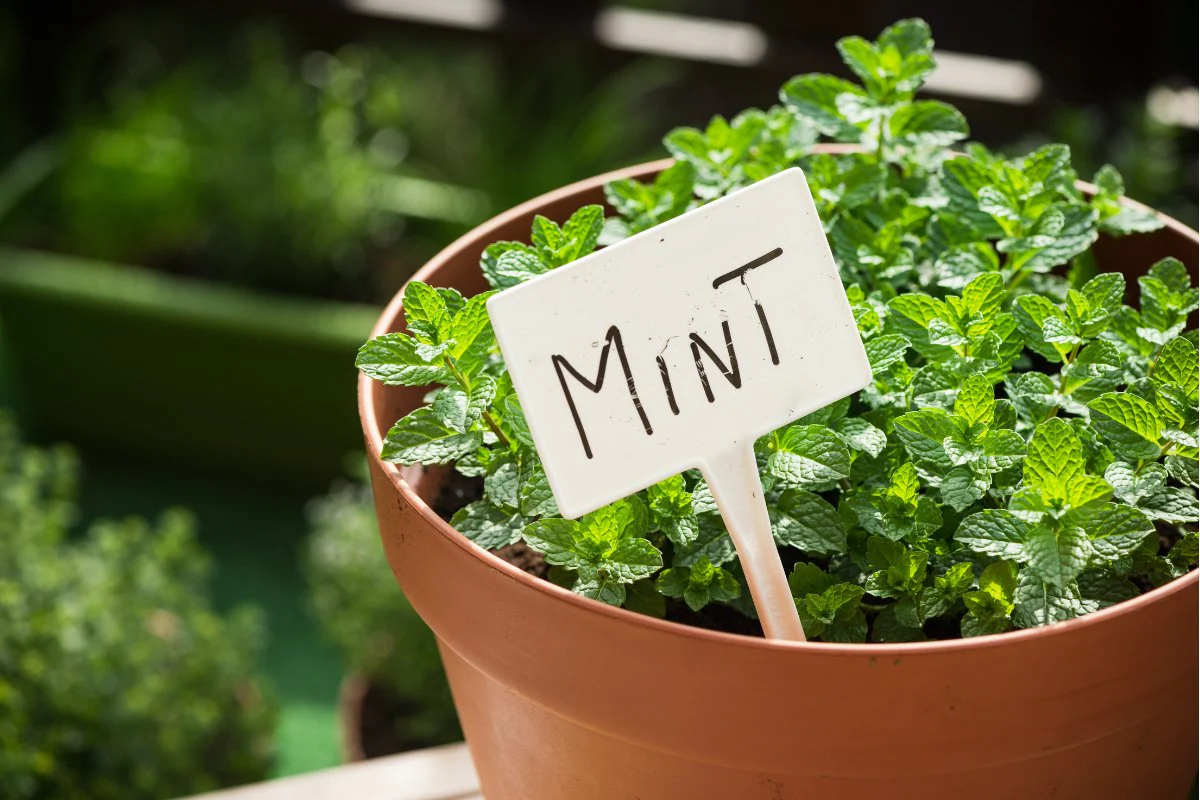
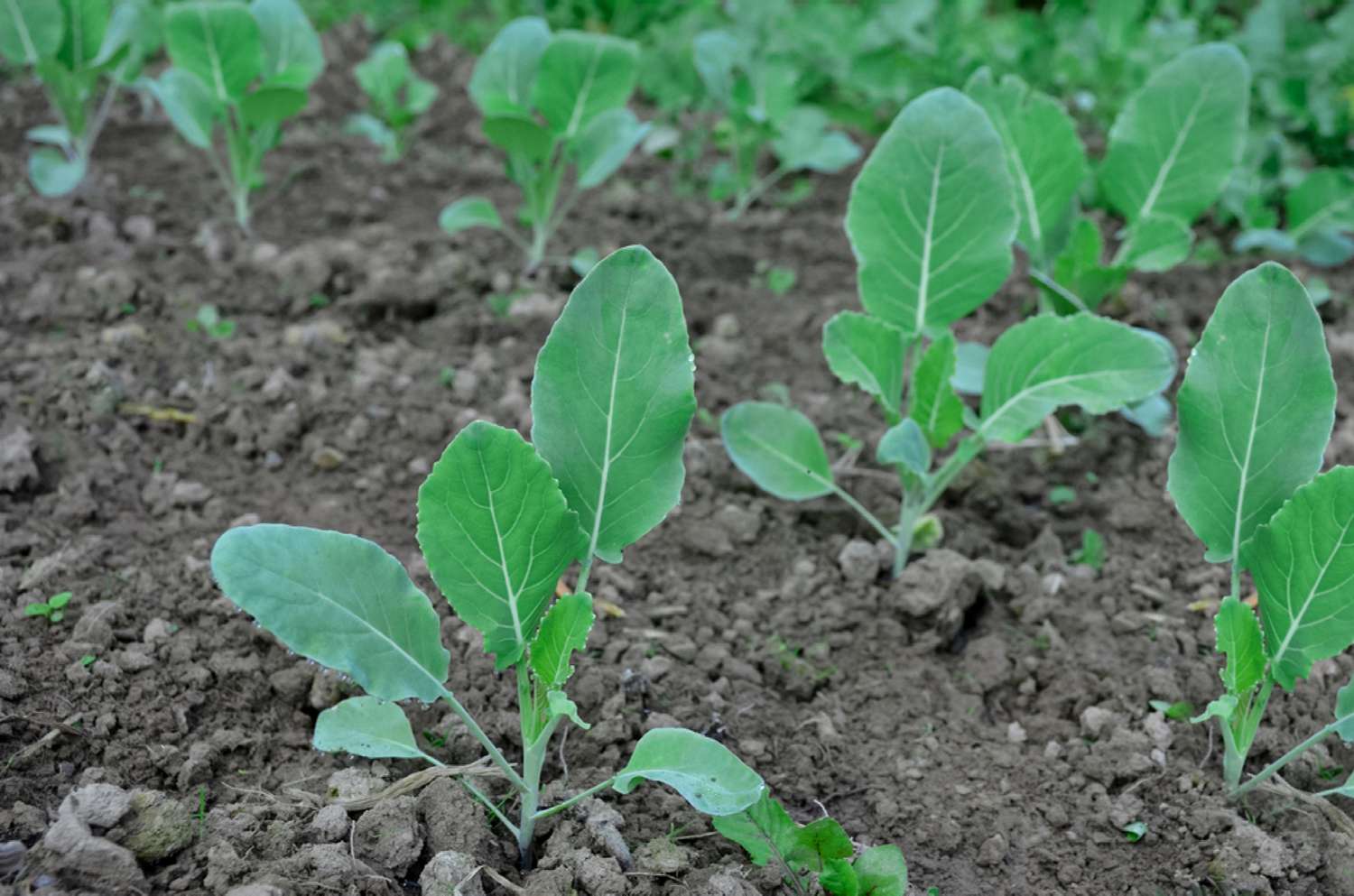
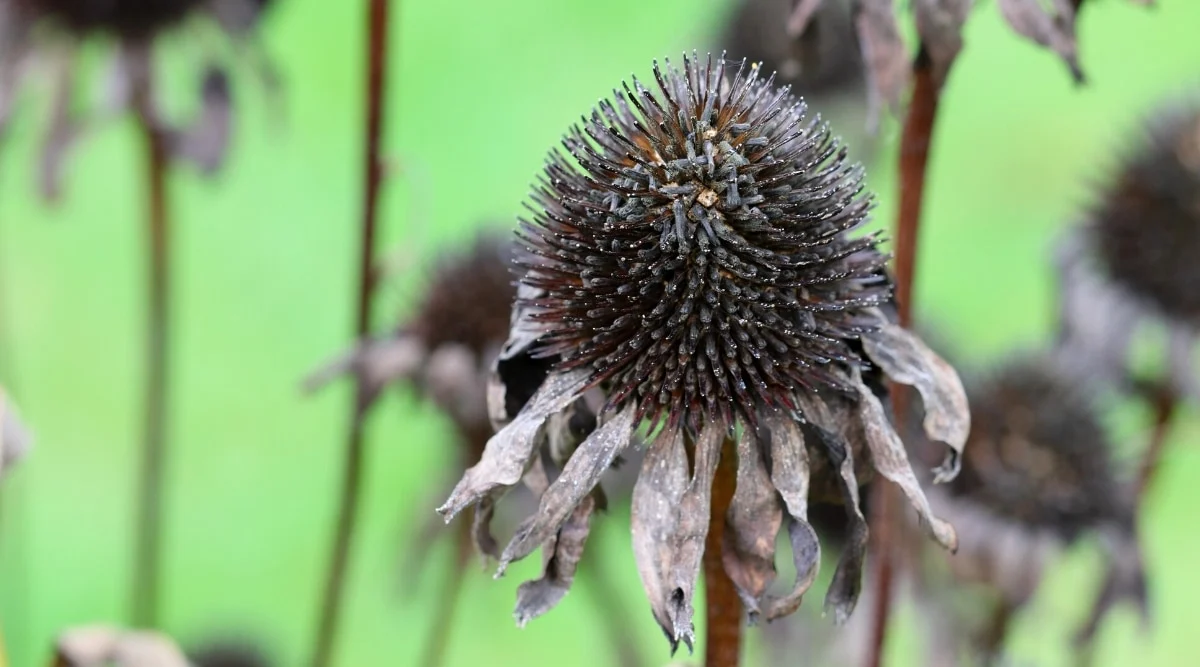
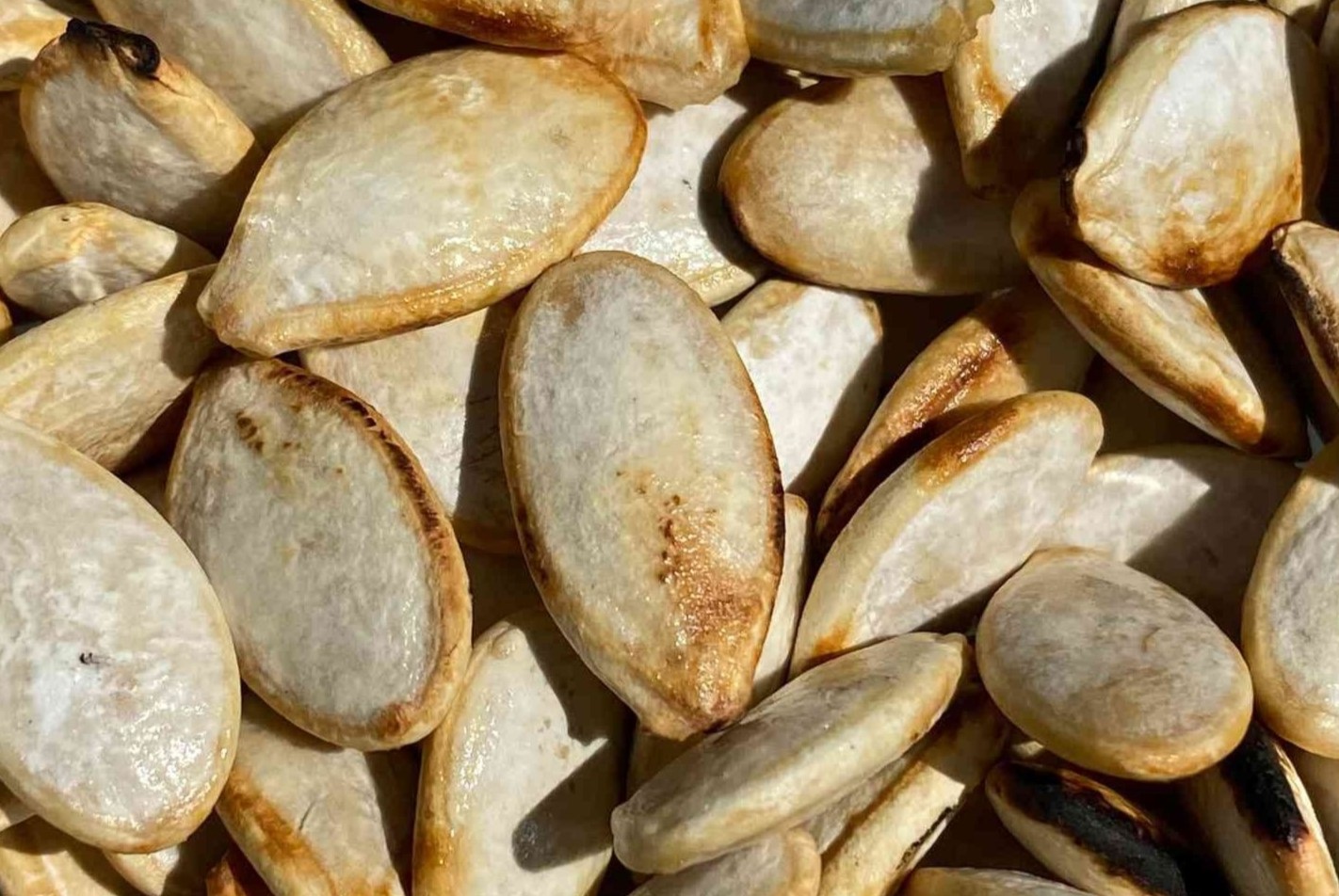
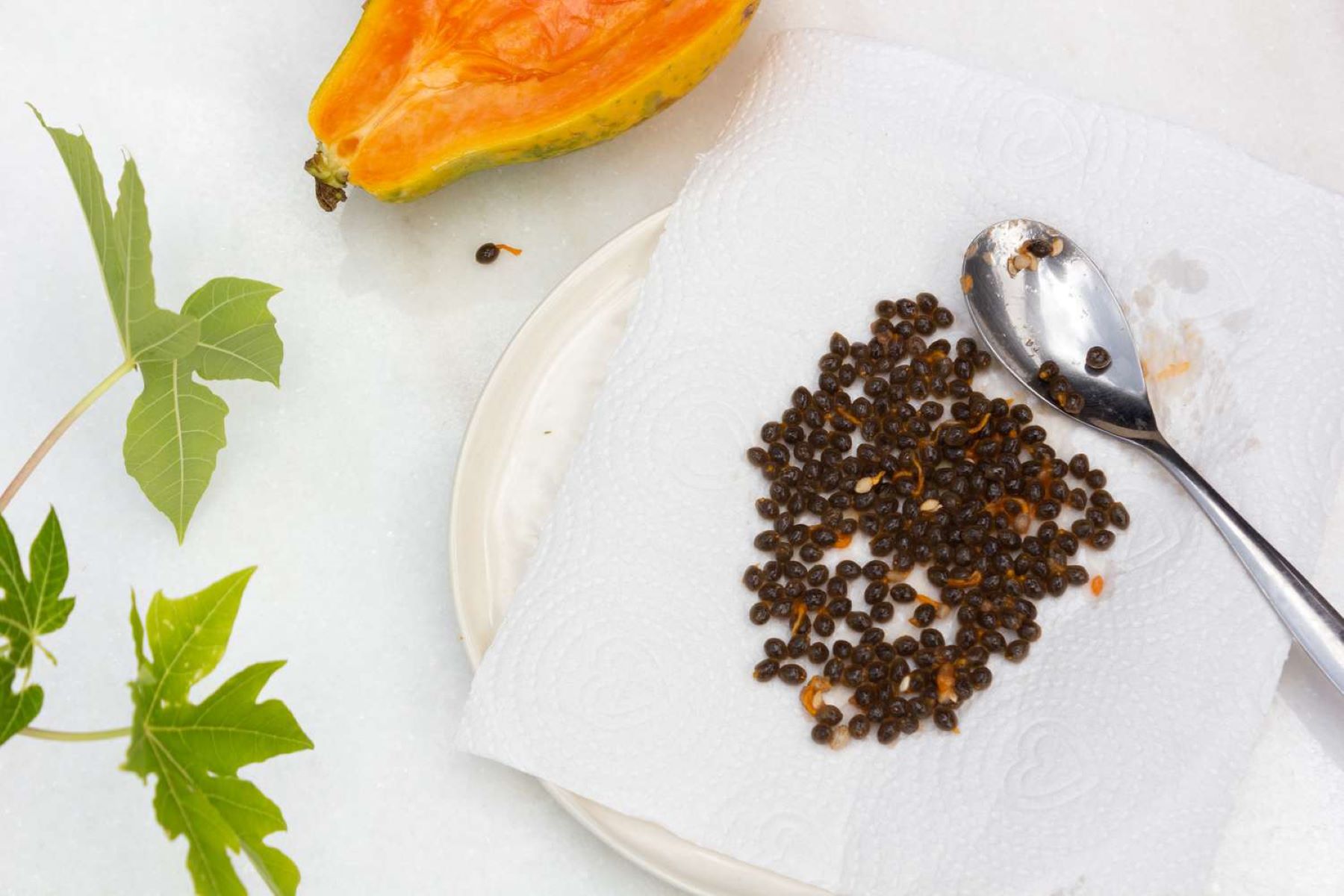
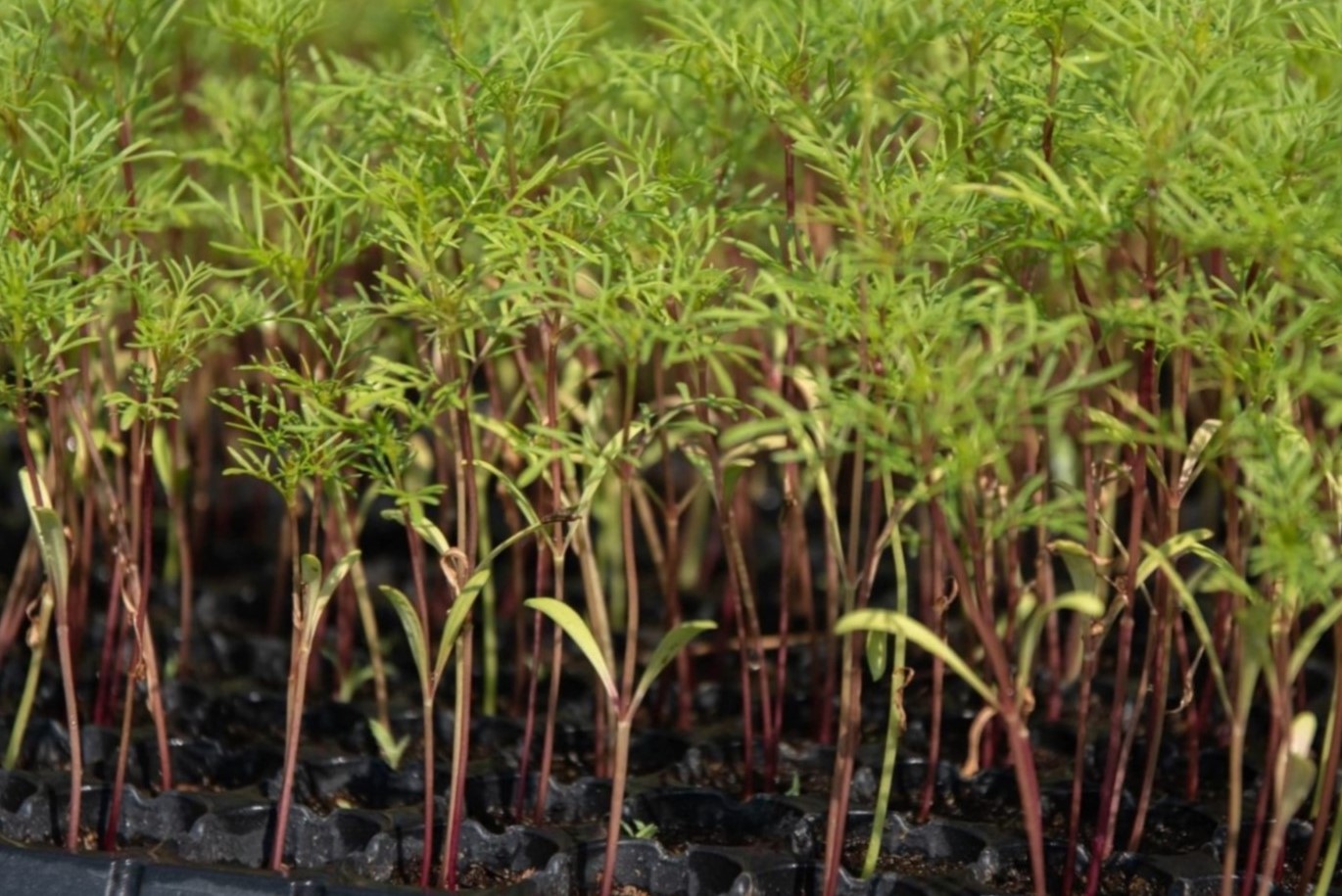

0 thoughts on “How Deep Do You Plant Squash Seeds”